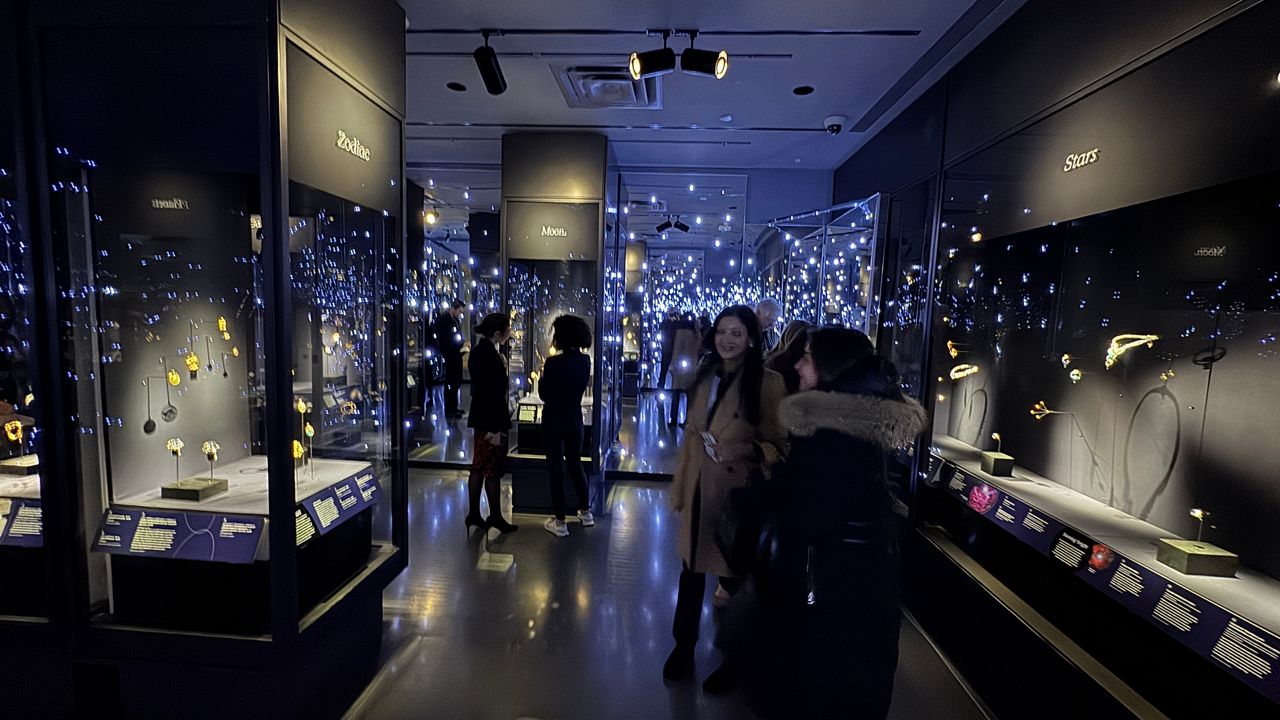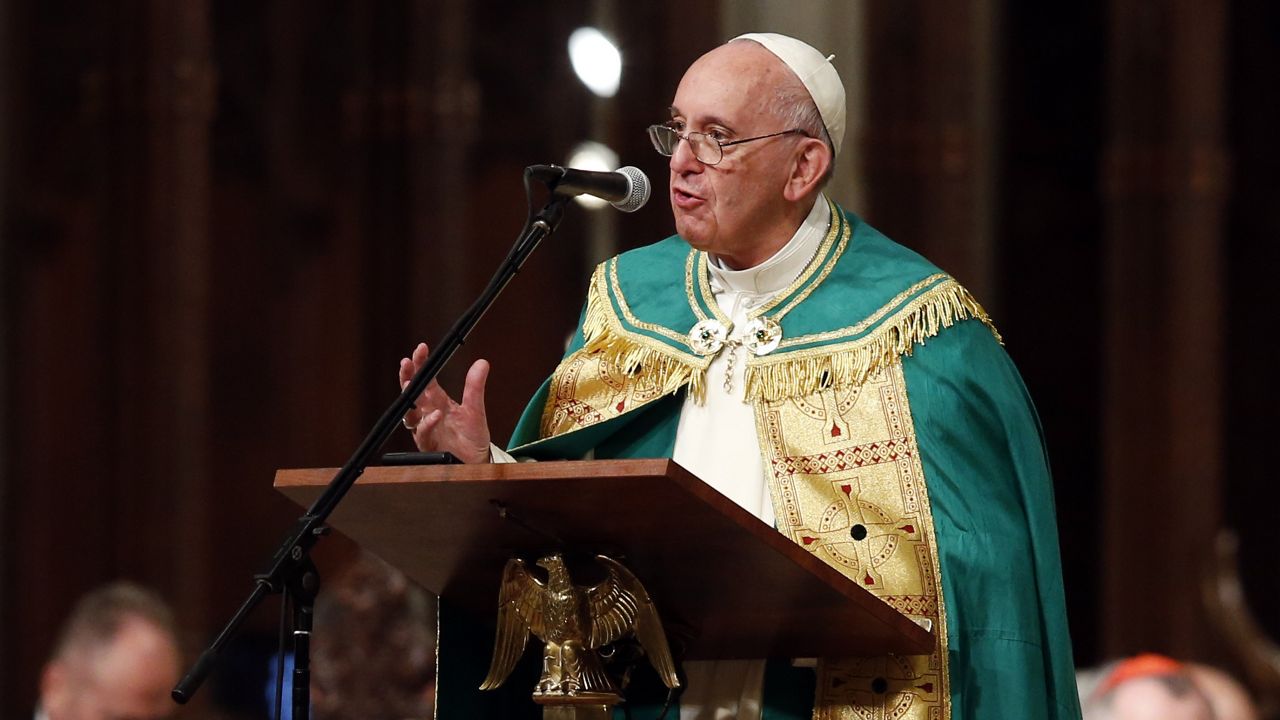Inside an 11-acre park in a busy section of Jamaica, Queens, there is a lot of history. It’s not just Queens history, but American history at the King Manor and Museum — once home to Rufus King, a revolutionary war veteran and framer of the U.S. Constitution.
King was also a U.S. senator, an ambassador and a leader in the early anti-slavery movement.
“He really played a significant role in shaping our early politics, and we like to use his legacy, and the legacy of people who were also working in the anti-slavery and equal rights space, to foster critical thinking for a healthier democracy. That’s our mission here. So we are really a community center as well as a place for history,” said Kelsey Brow, executive director at King Manor.
King expanded the house, originally built in the 18th century, when he bought it in 1805. The experience for visitors has been expanded too. Over the last few years, the museum has opened rooms on the second floor of the home to the public.
There’s a room featuring the desk of King’s son John Alsop King, who followed in his father’s footsteps as a statesman, serving in Congress and becoming governor of New York, fighting for the arrest of men who seized free Black New Yorkers and sold them into slavery.
There’s also a guest bedroom, made up as it would have looked in 1824 when John Quincy Adams, a bit of a mentee of King, spent a few nights there before he was president. The second floor also has several exhibition spaces where local artists can show their work.
“We’ll have a lot of people who came here when they were little and they are like, I always wanted to go to the second floor. There are even folks who are a little bit older who were ever were here because when they were growing up in the 70s and 80s it was closed after a fire in 1966, and they were always curious about what’s inside, and now they get to see the whole thing, so we are really, really pleased about that,” Brow said.
Admission to King Manor and Museum is free. Plan your visit here.









